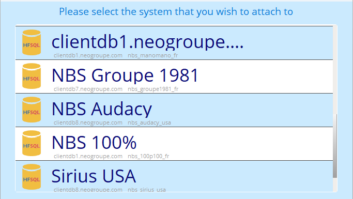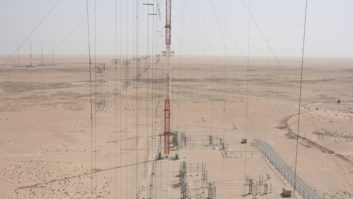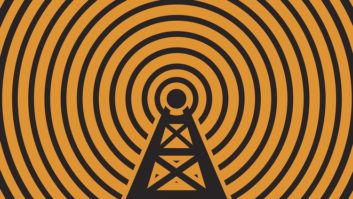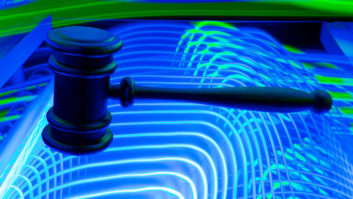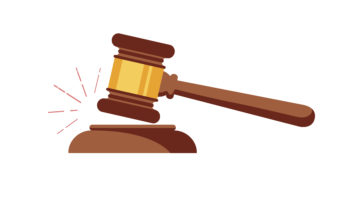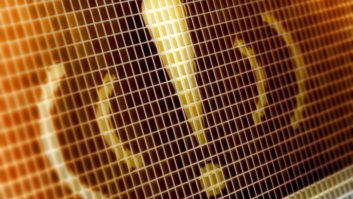Renewed Interest
Jul 1, 2001 12:00 PM, By Chriss Scherer, editor
Radio is about to get a shot in the arm. Satellite radio stands ready to serve millions with the start of services from Sirius and XM. Wall Street expects that the services will have a combined subscriber base of 60,000 by the end of this year. This expectation grows to a combined 8 million by 2004. That’s a lot of listeners.

So where does this leave the terrestrial radio stations? IBiquity Digital is working hard and fast to complete its IBOC DAB system. The latest demonstrations show the FM process very well. While the improvement is subtle at times, the main difference is in the stereo separation and the high-frequency clarity. The AM demonstrations also sound very good, although the demos I have heard do not display the advances to their full potential because of the source material (mostly voice).
On the last few demonstrations I have attended, which were at NAB and the ARMA Expo, I listened to the material, but I have also watched the other demonstration observers. It is interesting that the level of understanding concerning IBOC development is truly digital; IBOC knowledge is all or nothing. Some people are very familiar with the concept down to fine details. Most people are not aware of the current technology at all. Most of the people I ride with have not heard the demo before.
One issue that has been raised deals with simulcasting the analog and digital signals. Lucent Digital Radio proposed sending different program material on the analog and digital carriers. USA Digital Radio did not support this idea, which has been carried through to the iBiquity method. This is mainly to overcome the digital acquisition period required when the radio is tuned. The analog audio plays immediately while the radio’s buffer works on the digital carrier. A seamless transition from analog to digital then occurs.
This is a necessary step during the hybrid analog/digital phase. Until the acquisition time is reduced, no consumer will tolerate waiting six seconds until audio is produced. I expect that it will be possible to shorten the acquisition time at some point, but multicast audio is not part of the design of the current hybrid IBOC system.
Once a fully digital system is used, I see no reason why the entire data pipe could not be used for more than one audio channel. It is expected that the transition period will take up to 10 years. After that, allow the broadcasters to choose how they use the bandwidth. By then, smarter radios will be available that can adapt to varying data transmission rates and download additional encoding algorithms.
I have always felt that the improvement in audio quality will lead to IBOC acceptance. Granted, most consumers can’t hear the difference between medium bit-rate and high bit-rate, but there must be more incentive to buying a new radio than a lateral move.

The added data capacity has not been a primary interest to me, but my feeling has changed. Internet radio and satellite radio offer additional information and program data. As services grow, listeners will become accustomed to this feature. Terrestrial radio will need similar enhancements to survive. Some of this capability was available with RBDS, but there was no precedent for it. It was technology in search of a market that had zero demand.
I have experienced a change of heart about IBOC. I visited the iBiquity offices after the ARMA Expo. The developers in the lab are serious about the technology. Most of the researchers and developers have radio backgrounds. They believe in what they are doing and that it will work well.
Chriss Scherer, editor





